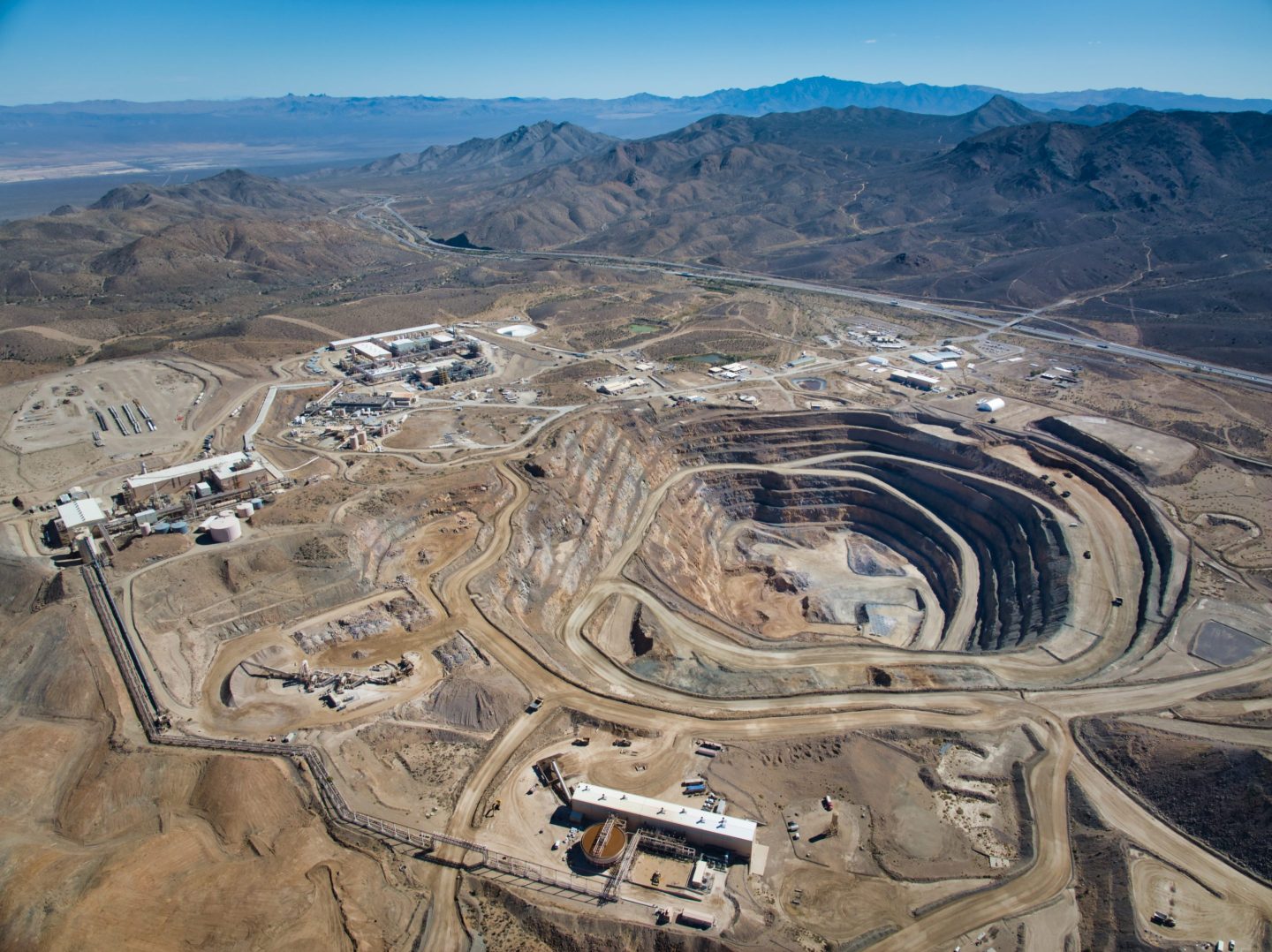America’s global competitiveness is at a critical juncture. As supply chains and critical minerals grow in importance, nations that consistently deliver reliable, high-quality materials at scale will drive innovation and economic growth.
While new funding and task forces are encouraging, headlines alone will not secure America’s position. The real challenge, and opportunity, lies in building lasting capacity.
At General Motors, we have taken concrete steps, partnering with MP Materials to rebuild the domestic mine-to-magnet supply chain for rare earths and investing in Lithium Americas’ Nevada project. Our collaboration with GlobalFoundries to produce semiconductors domestically means we are turning ideas into action. These efforts support everything from the cars, trucks and SUVs we produce to renewable energy solutions, robotics and AI data centers. The pandemic revealed supply chain vulnerabilities, making robust, reliable solutions more essential than ever.
Launching projects is just a start but scaling them is the real test. Challenges persist: financing often comes in waves, permitting is usually sequential, and long-term agreements may not be sufficient for large-scale buildouts. Infrastructure such as power, water, and transmission can lag construction, and workforce development may fall short of demand. The result is excitement without enough national capacity. To seize this moment, scaling up must be treated as a discipline, supported by coherent, forward-thinking policies that bolster American factories and workers.
Four concrete steps to take
First, we must commit to bankable volume. Supply chains depend on solid, multi-year purchase agreements tied to actual product programs rather than just announcements. GM is aligning its investments and agreements to support domestic content at industrial scale, with nearly 90,000 U.S. employees and more than $60 billion invested since 2020. Partnering across industries such as grid storage, electronics, and defense can amplify impact, as capital follows anchor customers. Both business and government should serve as these anchors for economic security.
Second, it is essential to streamline processes. Speed is crucial. Overlapping environmental reviews, site preparation, and equipment procurement, while maintaining accountability and transparency, can accelerate project completion. Smart, stable policies that shorten permitting timelines and foster collaboration among utilities, developers, and manufacturers will help America scale up faster.
Third, building the entire supply chain, not just isolated links, is vital. Rare earths, lithium, and semiconductors provide the most value when processed through a domestic loop of mining, refining, manufacturing, assembly, and fabrication. GM’s partnerships span mining, magnet manufacturing, battery cell production, and semiconductor fabrication, ensuring components become motors, battery packs, and microchips assembled in U.S. plants. This closed loop enhances resilience, quality, and job creation at every stage.
Fourth, workforce readiness is pivotal. Plants need skilled workers, so training must begin before operations start. GM works with universities and technical schools to prepare talent in advance. Industry, labor, and states should collaborate to fund credential programs that match real job needs, ensuring growth is not limited by a shortage of skilled workers. Every new facility means more jobs, and we must be ready.
The demand is real and immediate. Mastering these supply chains is essential for America’s competitiveness in not just automotive but also strategic equipment, grid storage, and advanced technology. Now is the time for decisive action, because the nation that gets this right will shape the future and secure lasting prosperity for its people.
The opinions expressed in Fortune.com commentary pieces are solely the views of their authors and do not necessarily reflect the opinions and beliefs of Fortune.












